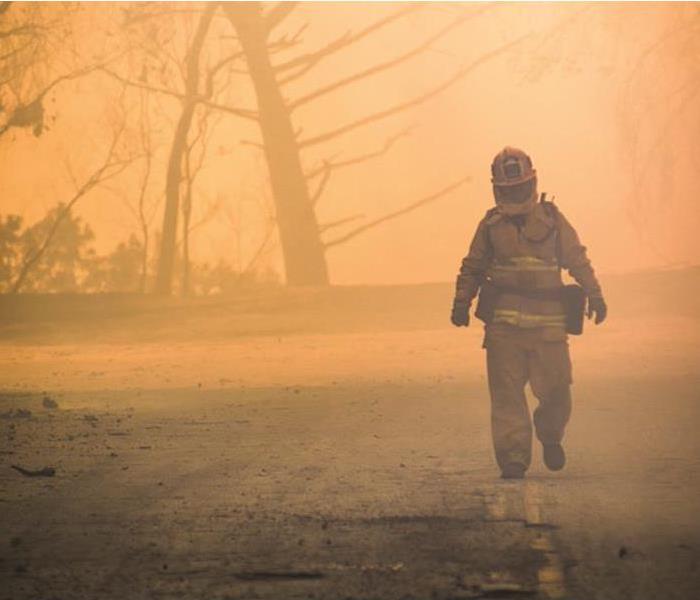Learn the facts about devastating wildfires
2/10/2020 (Permalink)
With the recent talk of the deadly wildfires in Australia and the fires that ravaged thousands upon thousands of acres of land across California in the summer of 2018 officials at the California Department of Forestry and Fire Protection said these combined fires comprised the largest wildlands fire in state history. Frightening images of blazes consuming landscapes dominated newscasts as thousands of people were forced to evacuate. Wildfires torch everything in their paths, devastating communities, businesses, and natural resources. Outbreaks seems to come out of nowhere, and meteorologists are not yet able to forecast when wildfires may occur. It is important to note that wildfires are often started by humans. The National Park Service says as many as 90 percent of wildland fires in the United States are caused by negligence — whether it’s discarded cigarette butts or campfires left unattended. Some are intentional acts of arson. Nature also may be responsible, with lightning strikes causing torching of parched plants and trees. When combined with the perfect conditions, which can include dry weather, drought, and strong winds, a mere spark can develop into a months-long blaze. The NPS has wildland fire managers who constantly assess the threat of human-caused fires and the threat of wildland fires to humans. Assessments are made as to whether the wildfire should be left to run its course (in rural areas) or it should be contained and extinguished in a human-dominated landscape. National Geographic states that, historically, wildfires are actually supposed to be beneficial to certain natural landscapes, clearing underbrush in forests and triggering the release of seeds in some plant species, such as the Jackpine. However, when they encroach on people, their danger intensifies. According to Cal Fire, Santa Ana Winds and Diablo Winds are stronger-than-normal wind conditions that occur in Southern and Northern California, respectively. These winds can push a fire the length of a football field in a minute. Embers also pushed in front of fires become small spot fires. Powerful winds can disrupt efforts to extinguish fires, dissipating fire retardants dropped by aircraft. Wildfires can wreak havoc on the environment and impact personal health. Worldwide, wildfire smoke kills 339,000 people per year according to estimates from Environmental Health Perspectives. Inhaling smoke can exacerbate asthma, and carbon monoxide can damage the respiratory system. Considering how difficult it can be to contain fires, prevention remains key. Remember Smokey Bear’s tips, which remain relevant for kids and adults today: • Never play with matches or lighters in the forest. • Always watch your campfire. • Always be careful with fire. • Make sure a campfire is completely extinguished before leaving it. • Observe posted fire-risk warnings. Wildfires remain a constant threat wherever the conditions are right for fires to ignite. People need to be diligent in their prevention of these potentially far-reaching hazards.





 24/7 Emergency Service
24/7 Emergency Service
